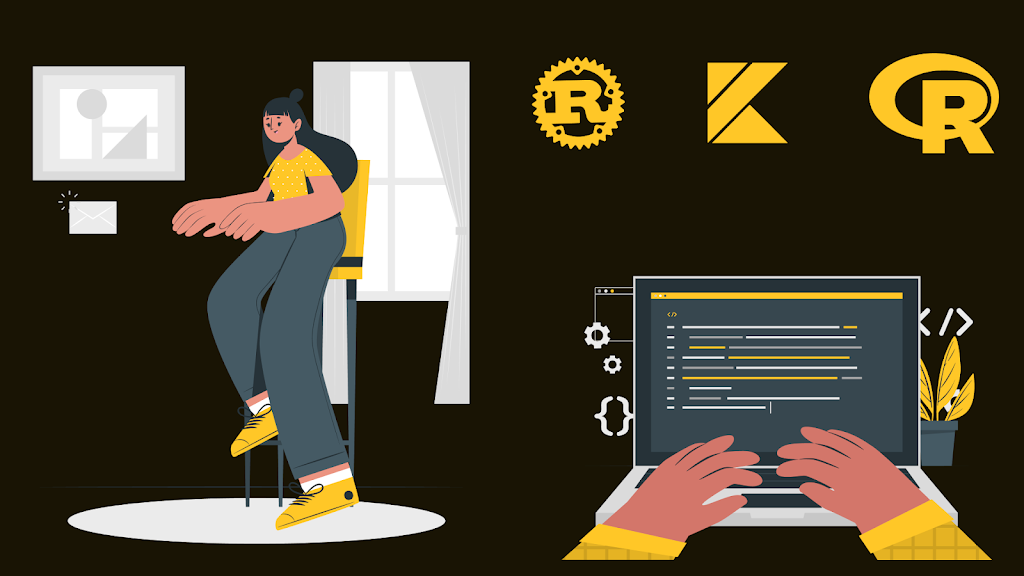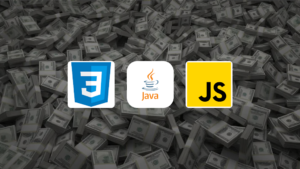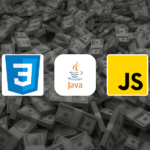In the dynamic landscape of technology, programming languages continue to
evolve, adapt, and emerge in response to changing demands. As of 2023, several
programming languages have risen to prominence, each offering unique strengths
and capabilities to developers across various domains. Let's explore the ten
best programming languages that have garnered attention in 2023 and their
respective contributions to the ever-expanding realm of software development.
- Rust: Rust continues to solidify its position as a language
that combines system-level performance with memory safety. Its ownership
model and emphasis on preventing data races and null pointer errors make it
a powerful choice for building high-performance applications while
minimizing the risk of common bugs. - Python: Python's popularity endures due to its simplicity
and versatility. Widely used for web development, data analysis, machine
learning, and more, Python's extensive libraries and frameworks contribute
to its status as a go-to language for both beginners and experienced
developers. - TypeScript: As a superset of JavaScript, TypeScript brings
strong typing and enhanced tooling to the dynamic web development landscape.
It offers improved code organization, refactoring support, and better error
detection, making it a preferred choice for building complex web
applications. - Kotlin: Kotlin's ascent in the programming world continues,
particularly in the realm of Android app development. Its concise syntax,
null safety, and interoperability with Java have made it a favored language
for creating robust and maintainable mobile applications. - Go (Golang): Go's simplicity, performance, and support for
concurrent programming makes it well-suited for building scalable web
services and microservices. Its compiled nature and focus on efficiency have
made it a preferred choice for applications that require both speed and
reliability. - Swift: Swift remains a cornerstone for iOS and macOS app
development, characterized by its clean syntax and emphasis on safety. Its
modern features, including optionals and memory management improvements,
facilitate the creation of user-friendly and efficient applications. - Julia: Julia has gained traction in the field of scientific
and high-performance computing. Known for its speed and ease of use, Julia
is particularly suited for data analysis, numerical simulations, and
research projects that demand rapid computations. - Elixir: Elixir's robust concurrency model and
fault-tolerant design make it a standout choice for building highly
resilient and scalable distributed applications. Leveraging the power of the
Erlang virtual machine, Elixir is ideal for systems that require real-time
communication and fault recovery. - Dart: Dart's role as the programming language for Flutter,
Google's UI toolkit, has elevated its relevance in mobile app development.
Flutter's hot-reload feature, combined with Dart's modern syntax and
performance empowers developers to create visually appealing cross-platform
applications. - R: Renowned for its statistical computing and data analysis
capabilities, R remains a crucial language for researchers, data scientists,
and statisticians. Its extensive ecosystem of packages and libraries ensures
that it remains at the forefront of data-centric programming.
As we step into 2023, the programming language landscape continues to evolve,
with each language catering to specific use cases, industries, and development
paradigms. Developers are spoiled for choice, with options ranging from
languages focused on performance and safety to those tailored for specific
domains like web development, data analysis, and mobile app creation. The
decision of which programming language to adopt depends on factors such as
project requirements, team expertise, and the desired balance between
productivity and performance. In this diverse ecosystem, one constant remains:
the ability to adapt and learn new languages is a valuable skill that ensures
a developer's relevance in an ever-changing tech world.




